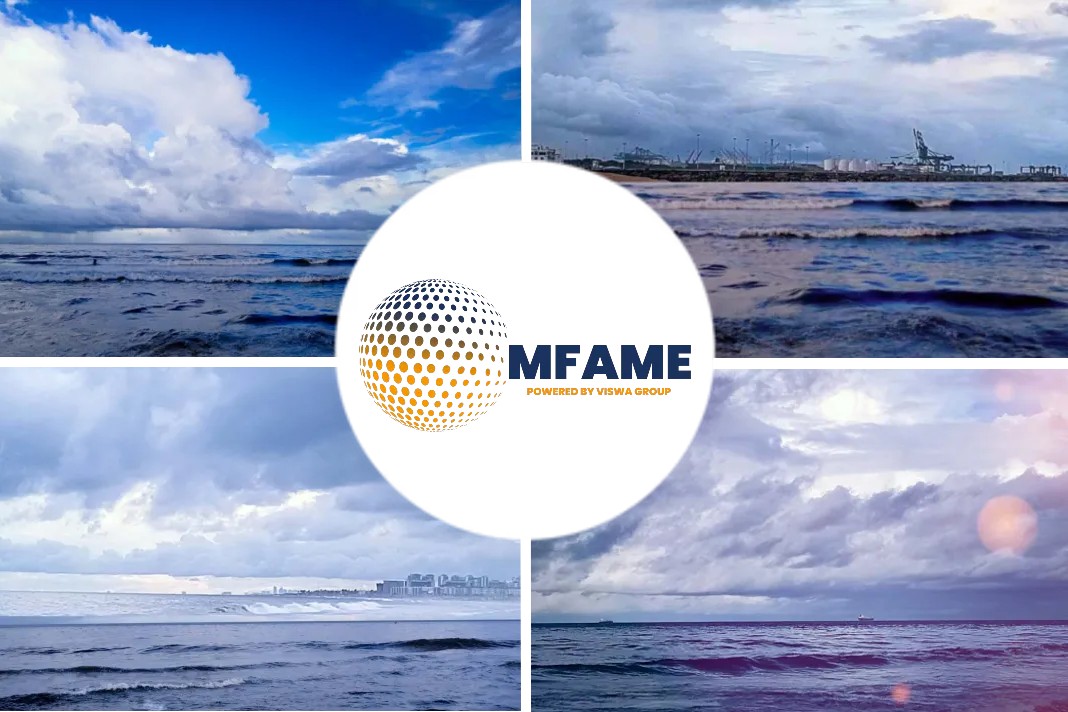
The Maritime Administration is working with the Coast Guard to certify sea service veterans as credentialed merchant mariners, in an attempt to address a personnel shortfall that MARAD Administrator Paul Jaenichen called a “top priority,” reports USNI News.
“Military to mariner” program
This “military to mariner” program is a Coast Guard certification program that takes Coast Guard, Navy and Military Sealift Command veterans with watch standing experience and helps pave the way for a merchant mariner career.
Given their extensive training and at-sea experience, “You should get credit for the standards and certifications in watchkeeping which the Coast Guard tests you to in order to be able to get your credential,” Jaenichen said today at the Navy League’s annual Sea-Air-Space Exposition 2016.
“Now we’re moving in a direction where we could combine the training that you get in the military so that once you are out as a veteran, if you decide not to stay, you have an opportunity to get a merchant mariner credential and be able to help us on the mariner side.”
This expedited credentialing process would be a big boon for MARAD, which says it would be barely able to meet Defense Department surge needs today and may not be able to meet those needs in the near future.
“I would say that the sealift fleet is at a tipping point. The United States’ presence in the maritime domain is currently at the lowest level in our history,” Jaenichen said, noting there are only 79 US-flagged ships participating in international trade – a 25-percent drop from just three years ago. The decline of the U.S. fleet meant a loss of jobs – 2,300 jobs out of a 12,000-job industry,” Jaenichen said.
“The Maritime Administration currently estimates that we have barely enough – and I emphasize barely enough – qualified mariners to crew existing fleets of government sealift and also U.S.-flagged commercial sealift vessels to provide both the surge and the sustainment of our armed forces if we go longer than four to six months” in a contingency, he said.
“We will likely not have enough – and I emphasize not have enough – mariners in the very near future if we do not take immediate action to reverse the trend.”
Vulnerability to international threats
As the fleet shrinks, so too does the shipbuilding and ship repair industry. “Losing these vital assets will increase our vulnerability to international threats and would take decades and tens of billions of dollars to replicate, recapitalize or rebuild,” Jaenichen said.
In addition to losing qualified personnel and losing industrial capability, the United States loses economic security when it relies on foreign shipping companies instead of its own domestic sealift capability, Jaenichen added. The U.S. moves less than 2 percent of the 1.4 billion tons of goods it imports and exports each year, meaning “most of our commodities that are coming to the United States are carried on foreign vessels with allegiance to other foreign countries.”
Addressing the health of American sealift is a top priority
Addressing the health of American sealift – and its qualified civilian mariners — “is a top priority for the Maritime Administration and also for our Department of Defense partners,” Jaenichen said.
During the same conference panel, Commandant of the Coast Guard. Adm. Paul Zukunft said his service faced personnel challenges as well. Airlines are hiring in numbers and offering benefits the Coast Guard can’t offer – a permanent home station and more flying hours – enticing experienced pilots to leave the Coast Guard. Facing similar retention problems in other areas of the Coast Guard as well, Zukunft said the service would have to find a way to stimulate its workforce and retain experienced members.
Aside from personnel, Jaenichen said the Maritime Administration was on track to modernize its role in U.S. transportation via its National Maritime Strategy. The document, currently in interagency and interdepartmental review after about two years of work, “will help us modernize our ports, our waterways; incorporate our marine transportation system into the national freight network; ensure the viability and growth of our national fleet to recruit, educate and retain our future maritime workforce; and it will also allow us to embrace technological innovation to ensure the ongoing growth and vitality of the U.S. Merchant Marine,” Jaenichen said.
Did you subscribe to our daily Newsletter?
It’s Free! Click here to Subscribe
Source: USNI News





















